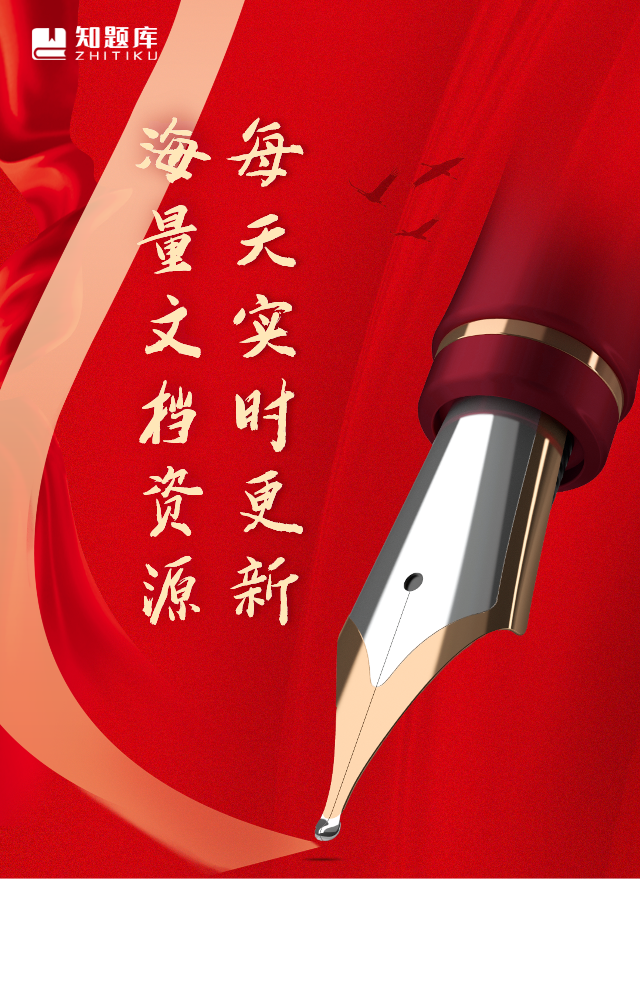APPENDIX 1
The Ministry of New and Renewable Energy (MNRE) has released an order on 9th Feb 2024, deciding to re-impose the regulatory
measure of the Approved List of Models and Manufacturers (ALMM) for solar PV modules/cells from 1st Apr 2024. The ALMM
is applicable to solar power projects sponsored or subsidized by the central or state governments, as well as roof top solar
projects and components of PM KUSUM scheme which receive capital subsidies from the government. Private solar power
projects set up under open access route or as captive power projects were exempted from ALMM norms. Even though on 15th
Feb 2024, MNRE has released another order stating that ALMM will be held in abeyance till further orders, the export demand
for China modules/cells are still exposed to the protectionism risk worldwide.
As of 2023, 10GW of solar was installed in India, yoy -28% compared to 13.95GW installed in 2022, according to JMK Research.
Utility-scale installations dropped more than 41% yoy to 6.5GW, while rooftop installation is flat yoy on nearly 3GW. India’s
utility-scale solar development pipeline stood at nearly 77GW as of September 2023, comparing 58GW on 2022 seeing a 33%
increase and over 68 GW of projects tendered were pending auction at the end of Q3 2023.
ALMM is the main measure to protect local module producer in India. the Approved List of Models and Manufacturers was first
raised on 2019 by The Ministry of New and Renewable Energy, under which, only qualified producer could be used in
government sponsored solar projects. Along with Solar PLI program, Indian government is keen to stimulate local solar industry.
As of Oct 2023, 16 more producers were added to the list, with total more than 100 manufacturers and 30GW capacity approved.
All local module manufacturers could apply for the certification and MNRE would review quarterly. After the reform on May
2023, there are certain changes on the policy including reduction in application fee by 80%, reduction in inspection fee in certain
cases by 70%, extend ALMM enlistment validity from 2 years to 4 years, introduction of following end-use category-wise
minimum module efficiency thresholds for enlistment in ALMM: Utility/ Grid Scale Power Plants: 20.00%, Rooftop and Solar
Pumping: 19.50%.
Echoing the favourable policy environment created by the Indian government, PV manufacturing has grown rapidly in the last
two to three years. Between 2020 and 2023, the nameplate capacity for both cells and modules more than doubled in India.
There are 38 GW and 6.6GW module and cell manufacturing nameplate capacity on 2023 and by 2026, India will likely reach
the 110 GW mark in solar module manufacturing nameplate capacity. Under PLI scheme II, Shirdi received 401 million USD on
expanding its full supply chain capacity, as well as Reliance(6000MW)、 Waaree(6000 MW)、 ReNew(4800MW), Vikram
(2400MW), TATA(4000MW) Furthermore, all major PV importers also aim for a “China+1” strategy for their PV sourcing
requirements, However, despite the growth and demand from other exports market, the Indian PV manufacturing sector is still
facing headwinds. These include sustained reliance on imports, especially for upstream components (polysilicon and
ingots/wafers), ancillaries and PV machinery.
China exports 7.6GW module to India on 2023, under ALMM, China module manufacturer would be affected most. China export
188.76GW on 2023 with 7.6GW to India, taking up7.6%. The top 3 module importer countries are Dutch, Brazil and India. The
module expert peaked on Nov/Dec due to the avoidance of ALMM and the slump price of module. According to Mercom, Longi,
Waaree, Jinao, Jinko and Premier took top five market share as 9.1%, 8.9%、7.2%、6% and 4.3% as of 1H 2023. Among which,
Waaree is a local manufacturer with 12GW module capacity, and expects to expand to 20GW module, 12GW cell and 6GW
wafer capacity.
Investment recommendations: 【First Solar】as the only non-India module producers to receive 1.18 billion Ruble from India
Solar PLI scheme for 3400 MW polysilicon and module capacity investment.
Risks: 1, ALMM extension below expectation. 2, the uncertainty of international politics

 2024-07-09 189
2024-07-09 189
 2024-07-13 66
2024-07-13 66
 2024-07-14 52
2024-07-14 52
 2024-08-04 43
2024-08-04 43
 2024-08-10 68
2024-08-10 68
 2024-09-09 106
2024-09-09 106
 2024-09-12 65
2024-09-12 65
 2024-09-18 74
2024-09-18 74
 2024-09-18 47
2024-09-18 47
 2024-10-05 161
2024-10-05 161










